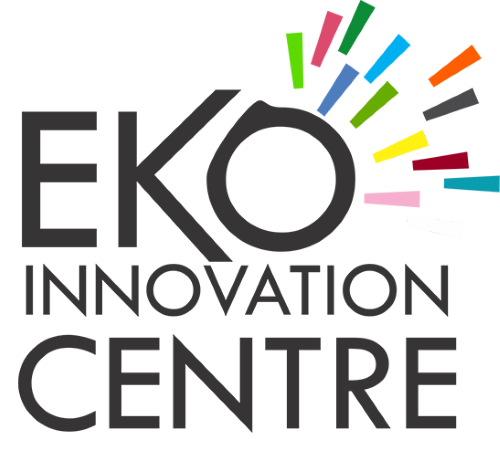Strategic management is the ongoing planning, monitoring, analysis and assessment of all necessities an organization needs to meet its goals and objectives.
Most strategic management tools include SWOT analysis, benchmarking, PEST analysis, What-if analysis, etc. But we will concentrate on the business model canvas.
Business Model Canvas is a strategic management tool that lets you describe, design, visualize, challenge, invent, pivot and assess your business idea or concept. It is a one-page document that gives birth to all your plans, it comprises nine boxes that represent fundamental elements of a business.
These boxes include
- Customer Segment: The heart of any business is your customer. You need to know who your customers are. Without profitable customers a business will not continue. Segmenting your customers based on similarities such as geographical area, gender, age, behaviours, interest, etc., allows you to better serve their needs, specifically by customizing the solution you are providing them.
- Value Proposition: This is the unique solution, the product and the services you are rendering. Why they should choose you, the value you add to them. Your product should be innovative and disruptive, and it should stand out and differentiate you from your competitors. It should be quantitative (price and speed of service) or qualitative (customer experience or design).
- Channels: What channel will get the value to your customers? You have to analyze your channel on how to deliver to your channel, the distribution channel, sales channel, communication channel, etc.
- Customer Relationship: This block tells you how to interact with your customer through their journey and connect with them. Build a relationship with your customers to scale up. This makes you acquire more customers and retain the existing ones in the long run.
- Revenue Streams: If customers are the heartbeat of the business, then revenue is the arteries. If there is no artery taking blood to the heart, there would be a crisis, so also in business is the same thing, the whole business may collapse. For every value-added, there must be something to get in return. When the revenue is recurring, that is from ongoing payments for continuing services or post-sales services, it gives continuity.
- Key Activities: This consist of the activities and tasks that need to be completed to fulfil your business purpose. Your activities can come in different categories, ranging from the level of production, problem-solving, platform network, etc. Activities that you need to put in place to leverage and flow with you.
- Key Resources: These involve the assets required to make your business model work. The strategic things you need to do to get to your destination. The types of key resources to be considered include, human resources, financial resources, intellectual resources, physical resources, etc., you have to itemize them on this block.
- Key Partners: These are external companies or suppliers that will help you carry out your key activities. These partnerships are forged to reduce risks and acquire resources. If you don’t service your key partners, they can destroy your organization. There are strategic partners, competition, joint ventures, buyer-supplier relationship.
- Cost Structures: What are the business major cost drivers and how are they linked to revenue? There is some cost you don’t need to bear. If your cost is more than revenue constantly, then you know that you won’t be in business for so long.
Once you follow these tools that are analyzed here, you can see your business fully. Business Model Canvas helps you during strategic planning and development. It helps you understand both your customers and competitors. It serves as a portfolio of business models, design, test and building new growth engines. It also helps you to make wise investment decisions.
